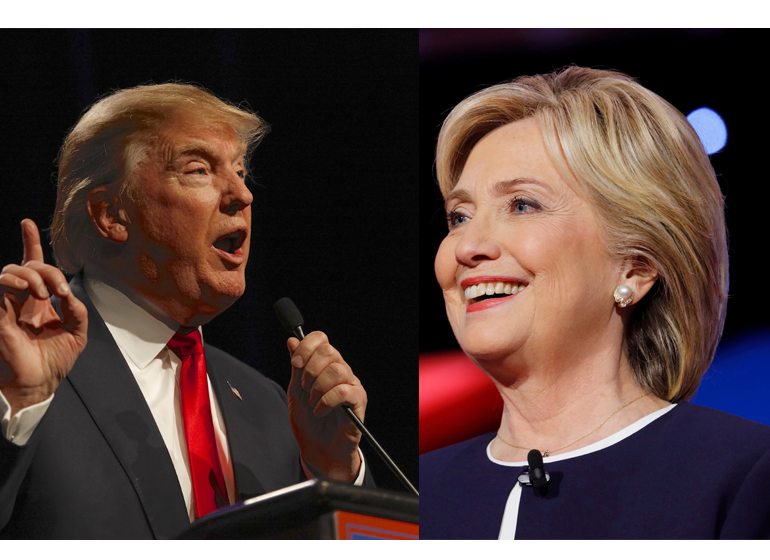Hillary Clinton leads Donald Trump by 6 percentage points among likely voters in Wisconsin, while the state’s U.S. Senate race is essentially tied, according to the last Marquette University Law School poll before the presidential election on Tuesday, Nov. 8.
The Democratic presidential candidate was up 7 points over her Republican rival in the previous poll released in October.
The race between Republican Sen. Ron Johnson and Democrat Russ Feingold remains tight. In October, Feingold was up 46-44 and the latest poll showed a 45-44 race with Feingold still ahead. Both results were within the margin of error
The new poll included 1,255 likely voters and had a margin of error of plus or minus 3.5 percentage points.
The latest poll was taken from last week Wednesday through Monday, with the news that the FBI was looking into additional emails related to Clinton breaking in the middle of the polling. The timeline mirrored that of the last poll with the breaking of news of Trump discussing in graphic terms his advances on women in a 2005 tape.
Overall, Clinton was up 46 to 40. Poll director Charles Franklin was able to break the results down by day. Respondents contacted before the Friday news gave Clinton an 11 point lead. On Friday Trump was up 8 points and the rest of the polling showed Clinton up 6 points.
“Maybe there’s a little bit of a shift in the vote over the weekend,” Franklin said, although he noted the change by day when the Trump video came to light was in the range of 20 percentage points.
He also pointed out the impact of the video seemed to have dissipated in the poll results over time.
The results from the current poll among members of each party showed Clinton with solid support among Democrats on each day of the polling.
Trump gained some support among Republicans, which Franklin said appeared to be coming from undecided voters who were having trouble making up their minds.
Franklin said outside of a bounce around the conventions “the fundamental perceptions of these candidates have made really only modest shifts from one poll to the next.”


